In this nature reserve unlike anywhere else in Europe, there’s only one impaler you’ll hear about – and that’s the shrike, a bird that skewers insects on thorns.
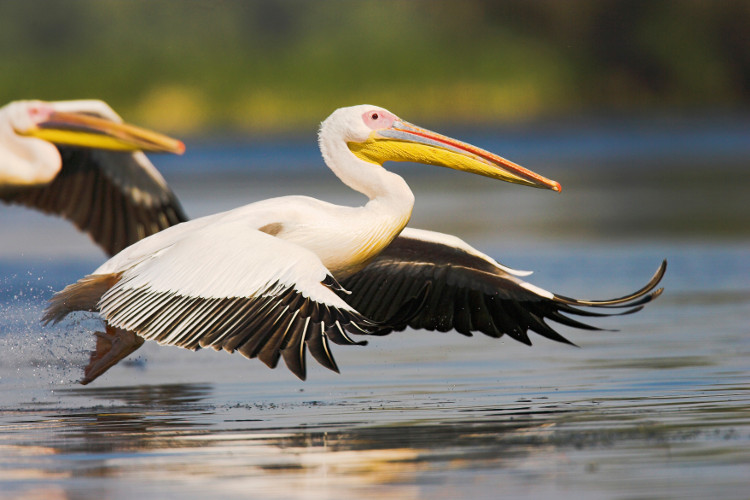
This is the place where the Danube River completes its 2850km-long meander from Germany’s Black Forest through 10 European countries, ending in the Black Sea. A patchwork of habitats, from reed beds and marshes to forests and rocky steppe, nurture an astonishing range of wildlife.
Romania’s Black Sea coast is pinched between Ukraine to the north and Bulgaria in the south. Dobrogea, the region hugging the coast and delta, is something of a Borneo by the Balkans. The biosphere reserve, whose wetlands melt into the yawning Black Sea, is home to 300-plus bird species, more than half of which breed here.
Even non-twitchers can appreciate Dobrogea’s colourful birdlife: bee-eaters volley from cliffside nesting places in a flash of powder blue and peach, while a glimpse of green gives away the bright European roller. Inland, birds of prey circle Dobrogea’s rocky steppe. Just south in Babadag, wildflower meadows and forests unfurl, inhabited by tortoises and 2m-long whipsnakes.
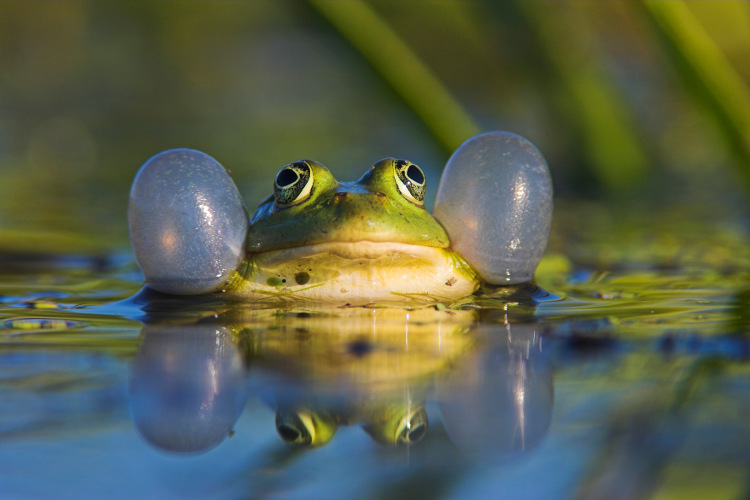
Bird migrations bring impressive feeding frenzies to the delta. From June to mid-September, white pelicans arrive in huge numbers; winter brings almost the entire global population of red-breasted geese to careen around the reserve’s teal waters.
The large ships that sometimes thunder through the delta send wildlife fleeing. But on a small boat it’s possible to glide close to flocks of birds, as well as enter narrower channels where the atmosphere is most enchanting.
Along the channels snaking around the delta, ash branches sag into the water. Dragonflies alight in dozens on vast tree roots gnarling the riverbanks. Rays of sunlight pierce the leaves, spotlighting shy ibis.
When a boat snaps off its engine to sidle towards the wildlife, only the rush of water and cooing bullfinch break the silence.
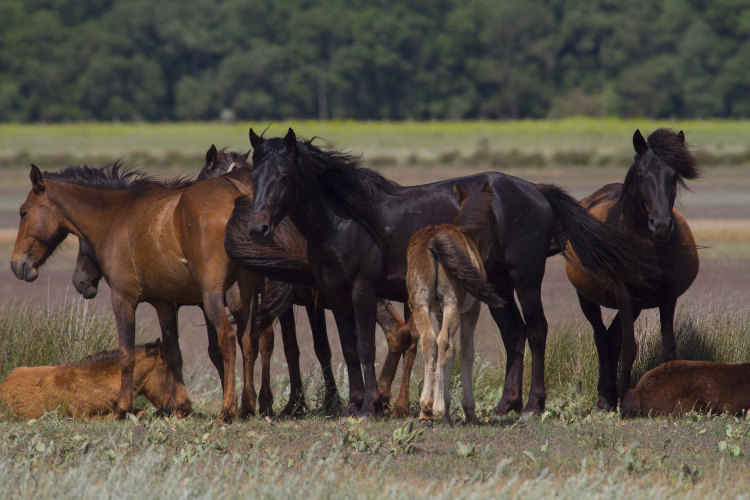
Back on dry land, Dobrogea’s forests and rocky steppe also teem with natural beauty – if you know where to look.
South of Tulcea lies Babadag and its forest of ash and lime trees. Beneath the shade, wildlife guide Daniel Petrescu is holding up his hand for quiet. There’s a rapid trill floating in the air. ‘An icterine warbler’, he nods. ‘One of the greatest singers of this forest.’
For more than 20 years, wildlife expert Daniel has been leading boat tours and nature walks around Dobrogea. In the time it takes the rest of our group to fumble for binoculars, Daniel has described the species, imitated its mating call and zoomed in with a super-strength telescope.
There’s much to observe. Within this glade, tortoises laze in long grass and rare orchids burst from the ground. There’s birdsong and a staccato of woodpeckers.
Northwest of Babadag, we trail across rocky steppe, the Măcin Mountains grumbling above us. Ground squirrels scamper across the arid land, with birds of prey in pursuit. Red-footed falcons are found in entire flocks here, while the white-tailed eagle – Europe’s largest – creates an impressive silhouette. Passing shepherds regard our merry band of birdwatchers with some bemusement.
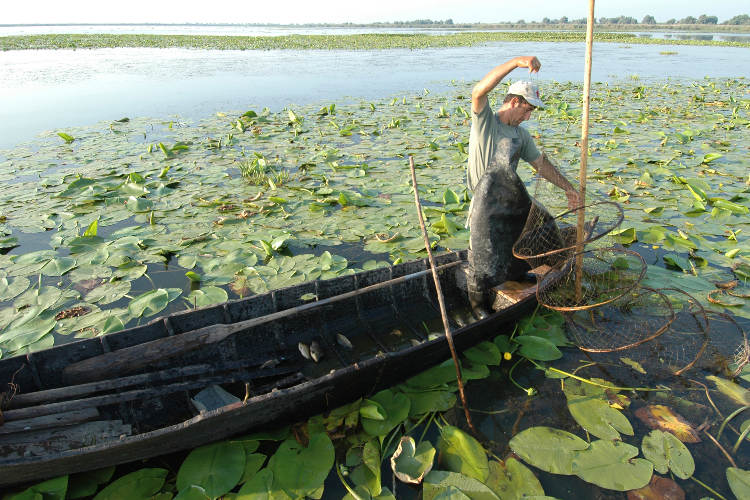
Skeletons of industrial buildings are a peculiar setting for a nature reserve. But some of the region’s Soviet-era factories, empty and overgrown since the 1989 revolution, overlook ravishing natural sights. Brutalist architecture and natural beauty are strangely in sync.
At Caraorman in the centre of the biosphere reserve, sandpipers strut in the shadow of an old factory. Just before the Romanian revolution overthrew communist rule, this was destined to process glass, fuelled by a nearby sand dune. After everything of value was torn away, wildlife began to encroach into its very walls. Creepers thread the derelict buildings. Rusty shacks along the waterfront are now the backdrop to long-legged spoonbills feeding in the marshes.
The same is true in Vadu, south of Dobrogea near the Black Sea shore. At the Soviet factory here, buzzards perch on concrete columns and smashed windows are passageways for somersaulting larks.
At first it’s surreal to see flowers soften the edges of scaffolds, with farmers herding cattle in the surrounds. But after a while, foraging sandpipers and swarms of butterflies seem like the most fitting inhabitants for this lonely, beautiful place.
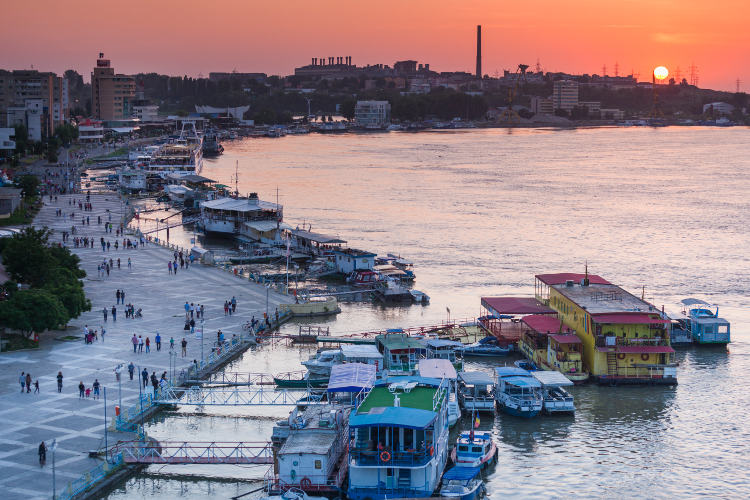
Tulcea is a natural base for delta cruises, guided nature hikes and birdwatching. Ibis Tours (ibis-tours.ro) fulfils all three with eco-conscious multi-day programmes led by wildlife experts. Some can include stays on a floating hotel, to thoroughly immerse you in wetland nature and the relaxing pace of life on the Danube.
Tulcea is about four hours and 30 minutes by bus from Bucharest, which is serviced by various European budget airlines including easyJet, Ryanair and WizzAir. Alternatively, get to Romania by train from rail hubs including Vienna, Thessaloniki, Sofia and Istanbul.